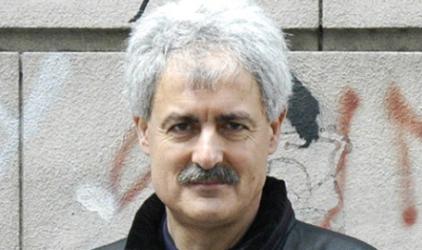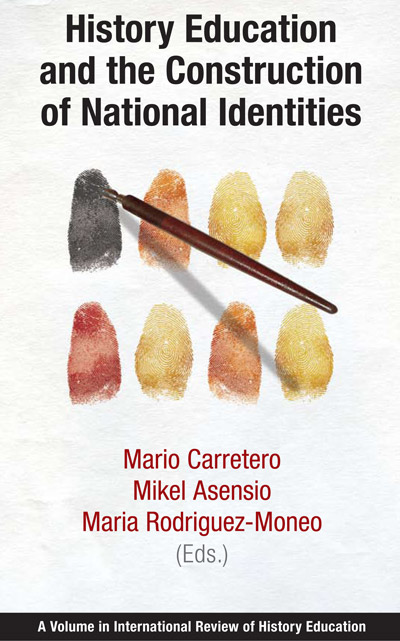History Education and National Identities (Mario Carretero)

I think the most influential experience on the selection of my research interests is how I was taught school history when I was an adolescent. I was born in Morocco where I lived until I was seventeen. When I later moved to Spain, I encountered the very influential 800 year Muslim heritage on the Iberian peninsula which was presented in a rather negative and distorted fashion in Spanish schools. This discovery surprised me and led me to consider history education as a fascinating topic. I recently gave a lecture on this topic at Stanford University, where I presented my ideas about the relationship between history education and national identities.
My current research project proposes a comparative study of history education in three Latin American countries (Argentina, Brazil, Mexico) and Spain, and its relationship to the construction of national identities in these societies.
A comparison of history education in Spain and Latin American countries reveals a fascinating array of experiences. I had another very influential personal educational experience the first time I observed patriotic rituals in Argentina and Mexico replete with historical content which influenced both teachers and students from 6 to 18 years old. As a matter of fact, this type of ritual is not very different from activities performed at many schools and historical sites in other parts of the world, even though the Latin American ones are usually very traditional. Surprisingly, this type of activity which is both educational and historical does not exist in Spain, where they would be considered rather authoritarian and almost fascist educational practices. I have developed my ideas on this topic in my book Constructing Patriotism: Teaching History and Memories in Global Worlds (Information Age Publishing, 2011), where I present my research on the relationship between patriotism and history education in different countries.
 I think that in order to study this relationship it is essential to take into account that since its inception in school curriculum in the late 19th century, history education has served two very different purposes. On the one hand, it has served to form and sustain a cohesive sense of national identity and affiliation in the citizens of the nation-states. On the other hand, it has served to foster in citizens a critical understanding of their society’s past and present.
I think that in order to study this relationship it is essential to take into account that since its inception in school curriculum in the late 19th century, history education has served two very different purposes. On the one hand, it has served to form and sustain a cohesive sense of national identity and affiliation in the citizens of the nation-states. On the other hand, it has served to foster in citizens a critical understanding of their society’s past and present.
This opens a host of new issues and questions for research and practice. Can these two goals of history education coexist productively? How do people negotiate the competing demands of faithfully loving their country and developing a critical understanding of history? How do people’s understandings of the different narratives inform their understandings of their civic roles and responsibilities in a multicultural and globalized society?
It is important to look at how history education resources and practices communicate different historical narratives (dominant and alternative); what is their impact on students’ understanding of their society’s past and present, and on their sense of civic identity and agency? I have recently published, with Mikel Ascensio and María Rodríguez-Moneo, a comparative study of these issues in History Education and the Construction of National Identities (Information Age Publishing, 2012) which includes perspectives of researchers from Canada, France, Germany, USA, and other countries.

